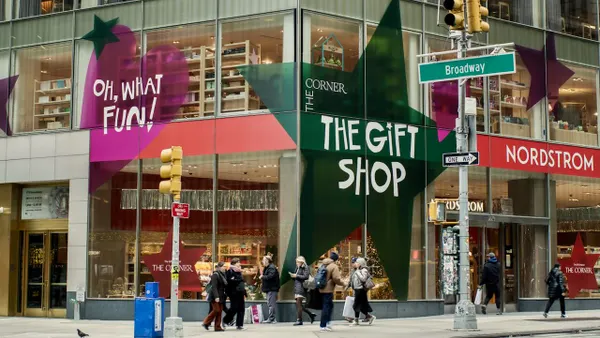Editor's Note: The following is a guest post from Meredith Ferguson, managing director of TMI Strategy.
Earlier this year, protests erupted at H&M stores in South Africa and fury spread globally on social media after a young black boy modeling a children's sweatshirt printed with the phrase "coolest monkey in the jungle" appeared on the brand's website. Sadly, H&M isn't alone in their insensitive actions: Kellogg's, Dove, Nivea and Heineken, have all been called out for similar reasons. How do these global brands keep making these offensive mistakes?
A huge part of the problem is lack of diversity in the brands' leadership, and the buying and marketing ranks. In the case of H&M, it not only apologized and pulled the image, it also hired a diversity officer. "We didn't recognize… that what the brand stands for is super important to people," Annie Wu, who now leads that diversity task force at H&M, told The New York Times.
Really? There have been seemingly endless reports, articles and studies all talking about how young consumers today want to align with brands that share their values. So yes, retailers should "avoid more racist hoodies" as the New York Times headline suggests, and hiring a diversity officer is certainly an important step. But that's just the baseline.
What young consumers are really demanding is a cultural shift in what it means for brands to stand for something. They're forcing brands to understand their power and their role in building a better world, and they're telling brands that it's not limited to the slogan on a shirt or an image in an ad.
Brands need to determine who they really want to be and evaluate how they live that ethos as a brand — internally and externally. It's young people and their desire for greater purpose and holistic inclusivity that are requiring brands to take a hard look at their own values and understand how those values are expressed at every turn — from hiring to product design to advertising.
Companies have no choice but to listen to this growing base of consumers — Gen Z is expected to account for about 40% of all shoppers by 2020. This generation is changing the way we shop, what we buy, and how we decide which brands to support. And they're using social media to voice their support, or lack thereof. Eighty percent of Gen Z say their purchase decisions are persuaded by what they see on social media, according to a recent study from RetailDive.
Social media has indeed brought a "new age of transparency," as Wu said. It has given consumers the power to publicly blast a brand for its lazy oversight or blatant mistakes and to force retailers to react swiftly.
And yes, brands being "sensitive" to their consumers and being "aware of what lines not to cross" as Melissa Garlick, a lawyer with the Anti-Defamation League told The New York Times, is frankly the least they can do. (Let's all just agree that knowing your consumers and not offending them is a good starting point.) But rather than focusing on what you don't want to be (e.g., racist or offensive), it's about turning your attention to what you do want to be and what you want to stand for. Then you can insure you're delivering on that promise in every single way and at every single touchpoint. — both internally and externally.
Simply striving for being "not racist" doesn't cut it. The best brands are diverse and inclusive — from the inside out. They're thoughtful and socially aware — thanks in part, to diverse teams and leaders. They're proactive, not reactive — using their ethos and platforms to drive a larger conversation. And they're focused on building on their brand values — not just building in new positions, processes and protocols.













